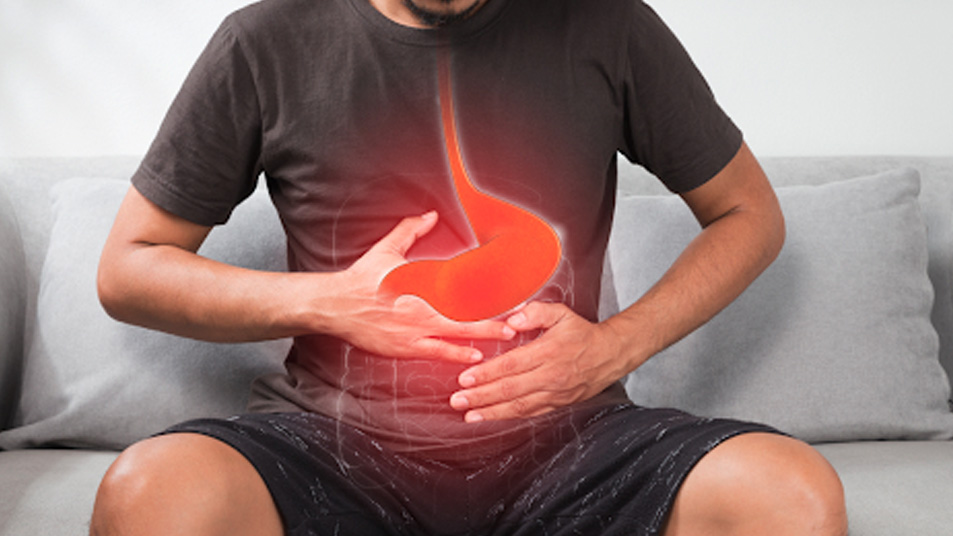
Treating Ulcers, which are open sores that can develop on the lining of the stomach (gastric ulcers),
small intestine (duodenal ulcers), or esophagus, typically involves a combination of medications,
lifestyle changes, and in some cases, surgery. The treatment approach depends on the underlying
cause of the ulcer.
Types of Ulcers:
Ulcers are open sores or lesions that can develop on the skin or mucous membranes in various parts of the body. They occur when the surface of an organ or tissue is eroded away.
Different types of ulcers :
1. Peptic Ulcers :
Gastric Ulcers : Occur on the lining of the stomach.
Duodenal Ulcers : Develop in the first part of the small intestine (duodenum).
Esophageal Ulcers : Form in the esophagus, often due to acid reflux.
Causes : Commonly caused by Helicobacter pylori infection, long-term use of NSAIDs (nonsteroidal anti-inflammatory drugs), or excessive acid production.
2. Mouth Ulcers (Aphthous Ulcers) :
Small, painful sores that develop inside the mouth, including the inner cheeks, lips, tongue, or gums.
Canker Sores : A common type of mouth ulcer with no clear cause, though they may be triggered by stress, injury, or certain foods.
Causes : Minor injury, stress, hormonal changes, vitamin deficiencies, certain foods, or underlying
health conditions.
3. Pressure Ulcers (Bedsores) :
Also known as decubitus ulcers, these develop on the skin and underlying tissue due to prolonged pressure, often in bedridden or immobile patients.
Common sites : Heels, ankles, hips, and tailbone.
Causes : Prolonged pressure on the skin, especially in individuals with limited mobility.
4. Venous Ulcers :
Develop on the lower legs, often around the ankles, due to poor blood circulation, particularly venous insufficiency.
They tend to be chronic and slow to heal.
Causes : Poor circulation in the veins, often due to varicose veins, deep vein thrombosis, or other
circulatory issues.
5. Arterial Ulcers :
Form due to insufficient blood flow to the tissues, often seen in the feet or lower legs.
They are usually painful and have a "punched-out" appearance.
Causes : Arteriosclerosis, peripheral artery disease (PAD), or other conditions that reduce arterial
blood flow.
6. Diabetic Ulcers :
Commonly occur on the feet of individuals with diabetes due to poor circulation, neuropathy (nerve damage), and infection.
These ulcers can be slow to heal and may lead to serious complications if not properly managed.
Causes : Poor blood circulation, neuropathy, high blood sugar levels, and infection in diabetic
patients.
7. Genital Ulcers :
Open sores on the genital area, which can be caused by sexually transmitted infections (STIs) like herpes, syphilis, or chancroid.
They may be painful or painless depending on the underlying cause.
Causes : STIs, trauma, or inflammatory conditions.
8. Corneal Ulcers :
Ulcers that form on the cornea (the clear, front surface of the eye).
Often associated with infections, injury, or contact lens use.
Causes : Bacterial, viral, or fungal infections, eye injury, or improper contact lens hygiene.
9. Trophic Ulcers :
Develop in areas with compromised blood flow or nerve supply, often seen in patients with neurological conditions or after nerve injury.
Causes : Nerve damage, poor circulation, or prolonged pressure.
These ulcers can vary significantly in terms of their causes, symptoms, and treatment approaches. Proper diagnosis and management are essential to prevent complications.
Symptoms of Ulcers :
Ulcers are sores that develop on the lining of the stomach, small intestine, or esophagus. The most common types are peptic ulcers, which include gastric ulcers (in the stomach) and duodenal ulcers (in the small intestine).
Common symptoms of Ulcers :
Burning Pain : Typically felt between the chest and belly button. Often occurs on an empty stomach, between meals, or at night. May be temporarily relieved by eating or taking antacids.
Bloating : A feeling of fullness or swelling in the abdomen.
Heartburn : A burning sensation that can rise from the stomach to the chest or throat.
Nausea or Vomiting : Feeling sick to the stomach, and in severe cases, vomiting may occur.
Dark or Tarry Stools : Indicates bleeding in the stomach or small intestine, leading to black, tarry stools.
Weight Loss : Unintended weight loss can occur, especially if the ulcer affects appetite.
Loss of Appetite : A decreased desire to eat due to pain or discomfort associated with eating.
Vomiting Blood : In severe cases, vomiting may include blood, which can appear red or resemble coffee grounds.
Chest Pain : Some people may experience chest pain, which should be evaluated by a doctor as it can mimic symptoms of other serious conditions.
Fatigue : Ongoing blood loss from an ulcer can lead to anemia, causing fatigue or weakness.
NOTE : If you are experiencing these symptoms, especially if they are severe or persistent, it's important to seek medical attention for proper diagnosis and treatment.
Common Ulcer treatments :
1. Medications :
Proton Pump Inhibitors (PPIs) : These reduce stomach acid production, helping to heal the ulcer. Common PPIs include omeprazole, esomeprazole, and lansoprazole.
H2-Receptor Antagonists : These also reduce acid production but are generally less potent than PPIs. Examples include ranitidine and famotidine.
Antacids : These neutralize existing stomach acid and provide quick relief from ulcer pain.
Antibiotics : If the ulcer is caused by a Helicobacter pylori (H. pylori) infection, antibiotics such as amoxicillin, clarithromycin, and metronidazole are prescribed to eradicate the bacteria.
Cytoprotective Agents : Medications like sucralfate and misoprostol protect the stomach lining from acid and help in healing the ulcer.
2. Surgical Treatment :
Surgery is rare and usually reserved for cases where the ulcer doesn’t heal
with medication, complications like bleeding or perforation occur, or when there’s an obstruction in the digestive tract. Procedures may include vagotomy (cutting the nerve that stimulates acid production), pyloroplasty (widening the opening of the lower stomach), or partial gastrectomy (removing part of the
stomach).
3. Regular Monitoring :
Follow-up with a healthcare provider is essential to monitor the healing
process and ensure the ulcer doesn’t recur. If H. pylori infection is present, confirmation of its
eradication is often done after treatment.
4. Avoiding NSAIDs :
Nonsteroidal anti-inflammatory drugs (NSAIDs) like ibuprofen and aspirin can
irritate the stomach lining and should be avoided if you have an ulcer.
5. Alternative Remedies :
Some people explore herbal treatments, such as deglycyrrhizinated
licorice (DGL) or probiotics. However, these should be used under the guidance of a healthcare provider, as their effectiveness and safety can vary.
6. Lifestyle Changes :
Diet : Avoiding foods that irritate the stomach, such as spicy, acidic, or fatty foods, can help reduce symptoms. Eating smaller, more frequent meals may also be beneficial.
Smoking Cessation : Smoking increases stomach acid production and delays healing. Quitting smoking is crucial for ulcer treatment.
Alcohol Reduction : Alcohol can irritate the stomach lining and should be limited or avoided.
Stress Management : Reducing stress through techniques like meditation, yoga, or counseling can improve symptoms, though stress is not a direct cause of ulcers.
Always consult a healthcare professional for a diagnosis and personalized treatment plan.
